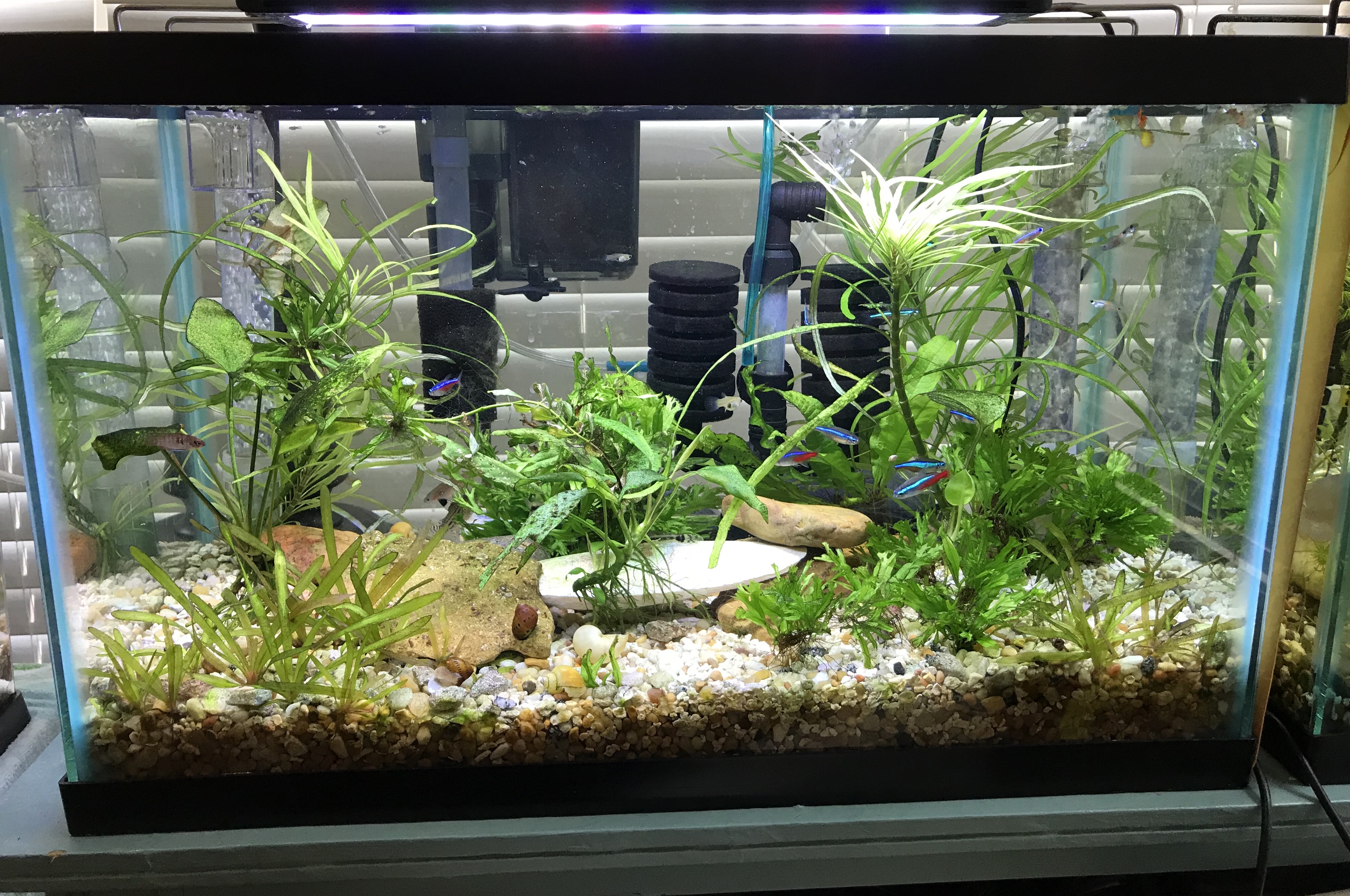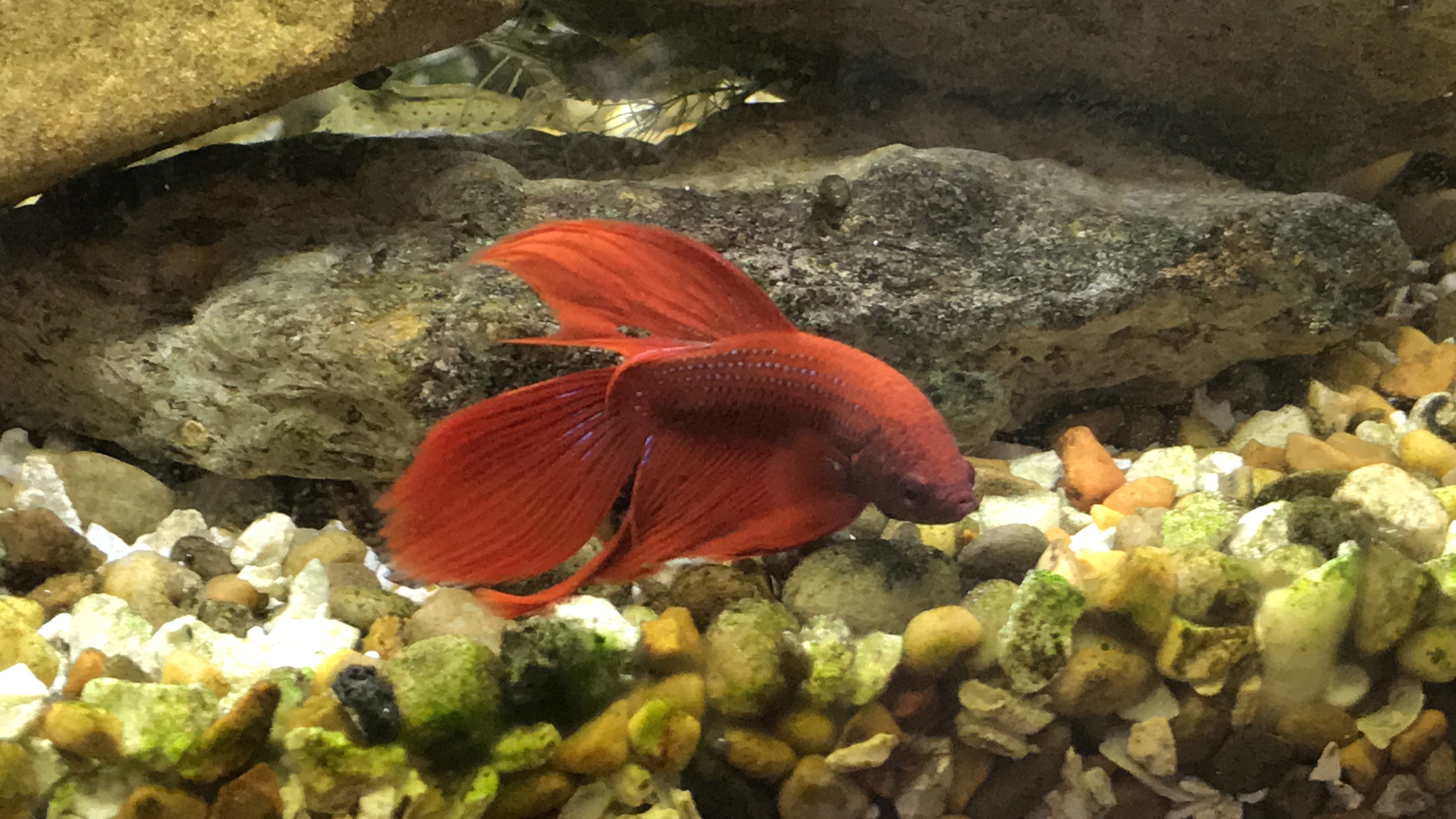
The other day, I heard a loud noise that sounded suspiciously like a sudden break in my fish tank. At the time I couldn’t find any water so I thought maybe it was rock falling over or something.
Fast forward to a few days later. I woke up to a little water around the edge of my aquarium. I dried it up and then the next day had water seeping out again. At that point I knew one of my tanks had to be cracked. Which one was it though,Once I figured out which fish tank it was, I had to move everything out of the cracked fish tank and into a new fish tank.
See how I handled it in the above video.
What to do if your Fish Tank Starts Leaking
Once I realized I had a true leak, I ran up to my local fish store and
purchased a 10 gallon tank, which is the same size as the one that cracked.
Then I got started on switching out aquariums. It’s almost like setting up a new aquarium. Here is the video on how to do that in case you missed it.
Make sure the Power to the Equipment is Off.
First thing I do is turn off all the power that’s going into the tank because we don’t want to electrocute anything. The heater, pumps, and power filter all need to be turned off.
The next step is to take the gravel vacuum and drain the water as far down as you can. Ideally, you want to remove the fish and put them in a separate container, but I was in a hurry and needed to get it done as quickly as possible, so I left them in the fish tank and left enough water for them to swim.
Remove the rocks, decor and plants to another bucket. Make sure there are no snail attached to the rocks.
Add a pitcher or bucket full of dechlorinated water to the new tank then using a cup, scoop the gravel and water from the old tank into the new tank.
Place the heater, plants, rocks and filters back into the fish tank.
Then, add the fish to the aquarium and fill it up with dechlorinated water.
Turn the power back on to all of the equipment and you will then be back to where you were before the cracked tank.
Important Reminders for Fishkeeping
If at all possible, keep your fish tank in an area of your home that has hard floors. A tile floor is a good choice. That way if the tank does happen to crack and spring a large leak, it will not ruin the floor or take too much time or effort to clean. Even if the tank never leaks, you’re going to be using a bucket and a gravel vacuum pretty regularly and at some point water will spill.
Also, keep an eye on your fish tanks. Anytime you do a water change, take a quick moment to look around and make sure there’s no water around the base of the aquarium. It just takes a moment and will save you a lot of problems if a tank does leak.
